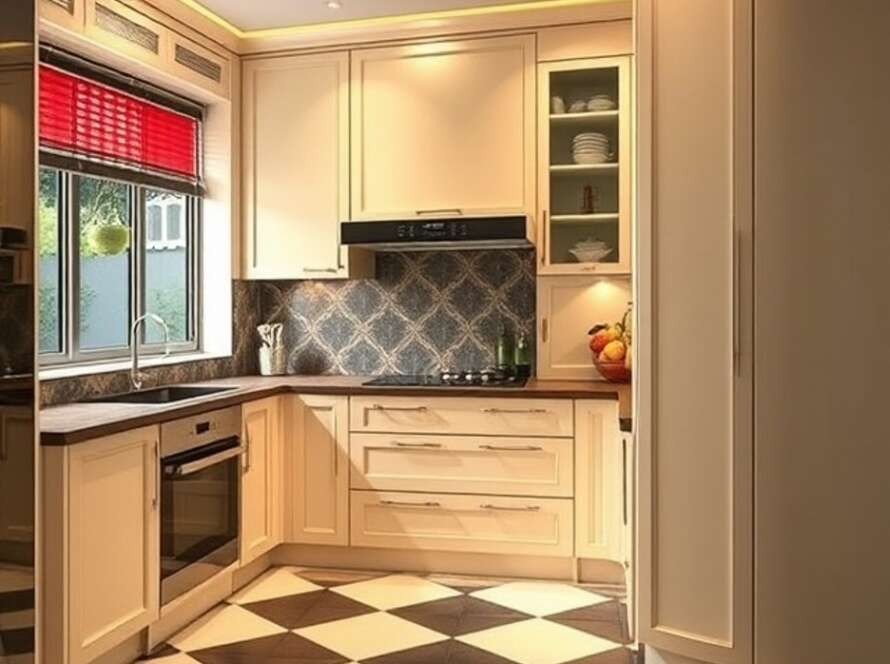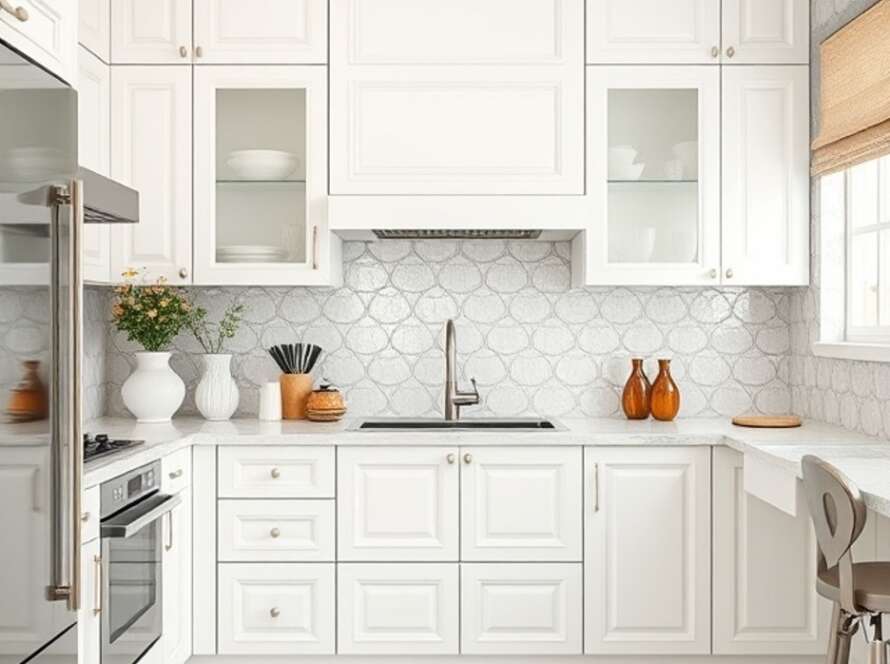
Kitchen cabinetry is a cornerstone of kitchen design, combining aesthetics and functionality to create an efficient, beautiful space. Whether you’re remodeling or building a new kitchen, understanding the basics of cabinetry is essential for making informed decisions. Here’s a comprehensive guide to help you grasp the fundamentals of kitchen cabinetry.
1. The Purpose of Kitchen Cabinets
Kitchen cabinets serve two primary purposes: storage and aesthetics. They provide a place for utensils, cookware, food, and other essentials, keeping your kitchen organized and clutter-free. At the same time, they contribute significantly to the kitchen’s overall look and feel, acting as a design focal point.
2. Types of Kitchen Cabinets by Placement
Understanding the types of cabinets available helps you plan your kitchen layout efficiently.
Base Cabinets
- Installed on the floor, they support countertops and provide storage for heavier items like pots and pans.
- They can include drawers, shelves, or specialized pull-out features.
Wall Cabinets
- Mounted on the wall, these are used for storing lightweight items like dishes and glassware.
- They free up counter space and add vertical storage.
Tall Cabinets
- These extend from floor to ceiling and are often used as pantries or utility storage.
- Ideal for maximizing vertical space in smaller kitchens.
Corner Cabinets
- Designed to utilize corner spaces efficiently, they often feature lazy Susans or pull-out shelves for easy access.
3. Cabinet Construction Basics

Cabinets are constructed using a combination of materials and methods to balance durability, aesthetics, and budget.
Materials
- Wood: Classic and durable, available in options like oak, maple, and cherry.
- Plywood: A cost-effective alternative with good strength and resistance to moisture.
- MDF (Medium-Density Fiberboard): Affordable and smooth, ideal for painted finishes.
- Metal: Common in industrial-style kitchens for its durability and sleek look.
Framed vs. Frameless Cabinets
- Framed Cabinets: Feature a frame around the cabinet box for added stability. Popular in traditional designs.
- Frameless Cabinets: Lack a frame, offering a sleek, modern look with more accessible storage.
4. Cabinet Styles
The style of your cabinets sets the tone for your kitchen.
- Shaker: Timeless and versatile with a clean, recessed panel design.
- Flat-Panel: Minimalist and sleek, ideal for modern kitchens.
- Beadboard: Adds texture and charm, perfect for farmhouse kitchens.
- Inset: Doors sit flush with the frame, offering a refined, high-end appearance.
5. Finishes and Hardware
Finishes and hardware are the finishing touches that bring your cabinets to life.
- Finishes: Options include natural wood stains, painted surfaces, and laminates.
- Hardware: Knobs, pulls, and hinges are small details that have a big impact on functionality and style.
6. Functional Features
Modern kitchen cabinets come with features that improve usability and efficiency.
- Soft-Close Drawers: Prevent slamming for quieter, smoother operation.
- Pull-Out Shelves: Maximize storage and accessibility.
- Built-In Organizers: Keep utensils, spices, and other items neatly arranged.
7. Planning Your Kitchen Cabinets
When choosing cabinets, consider your kitchen’s layout, storage needs, and overall design. Work with a professional or use design tools to visualize your space before making a decision.
Conclusion
Understanding the basics of kitchen cabinetry helps you make choices that balance style, function, and budget. From material selection to layout planning, every decision plays a role in creating a kitchen that meets your needs and reflects your taste. With the right cabinetry, your kitchen can become a space that is both practical and inviting.


